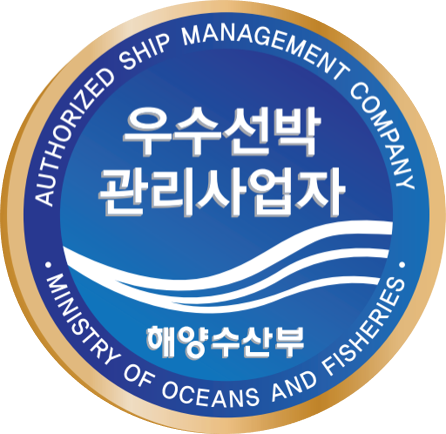Understanding the new RightShip GHG Rating
페이지 정보
작성자 최고관리자 댓글 0건 조회 1,101회 작성일 21-10-19 09:47본문
Understanding the new RightShip GHG Rating
30/09/2021Articles
RightShip’s Greenhouse Gas (GHG) Rating was first launched almost a decade ago, enabling charterers to select vessels offering lower CO2 emissions. Their GHG rating system has recently undergone changes, so we have asked RightShip to explain how it works and what owners and operators can do to improve their rating.
When RightShip’s GHG rating was established in 2012 as a tool to compare CO2 emissions of vessels on a global basis, the subject of decarbonisation seemed to be far over the horizon. But in the last decade, it has become a top priority for the shipping industry, with the IMO adopting new mandatory measures to cut the carbon intensity.
Many shipowners, operators and charterers are already familiar with RightShip and vetting in general. Indeed, it is not unusual to find a clause within a charter party providing that the Owner guarantees a minimum RightShip GHG rating for the vessel, normally at the time of fixing or delivery.
However, as the assessment of a vessel’s environmental performance is likely to become more commonplace, RightShip’s Edward Levine and Kris Fumberger tell us more about their rating scheme.
How does the GHG rating work?
The GHG Rating compares a ship’s theoretical CO2 emissions relative to peer vessels of a similar size and type. We use an easy to interpret ‘A to G’ scale with ‘A’ being the most attractive to charterers. This scale should not be confused with the CII rating which is a measure of operational performance.
How can shipowners improve their RightShip GHG Rating?
The installation of energy saving devices or equipment will improve their rating and therefore their appeal to charterers. Shipowners and operators have caught onto this, and in the past year alone they have submitted proof of more than one thousand modifications.
Aside from modifications, what else can vary the RightShip GHG Rating?
The rating is dynamic! Similar types and deadweight vessels form peer groups; and if a vessel with a better GHG rating, such as ‘A’, is assigned to the group, it will impact the average. Therefore, shipowners will need to constantly improve efficiency to achieve the benchmark set in the peer group and avoid a poor rating.
How will power limitation to meet the Energy Efficiency Existing Ship Index (EEXI) requirements impact the RightShip GHG rating?
Owners who achieve an improvement in operational efficiency are rewarded with a better rating and will attract more charterers.
There are similarities in the way the RightShip GHG Rating and EEXI are calculated. However, EEXI data is not used for the GHG rating. Many shipowners may opt for engine power limitation (EPL) or shaft power limitation (SHaPoli) for EEXI, but these will not show the same improvements on their rating compared with other propulsion improvements such as a Becker Mewis duct.
Find out more
For more information on RightShip and how they can help you and your operations, go to:
For more information on other industry initiatives and decarbonisation please visit our website.




